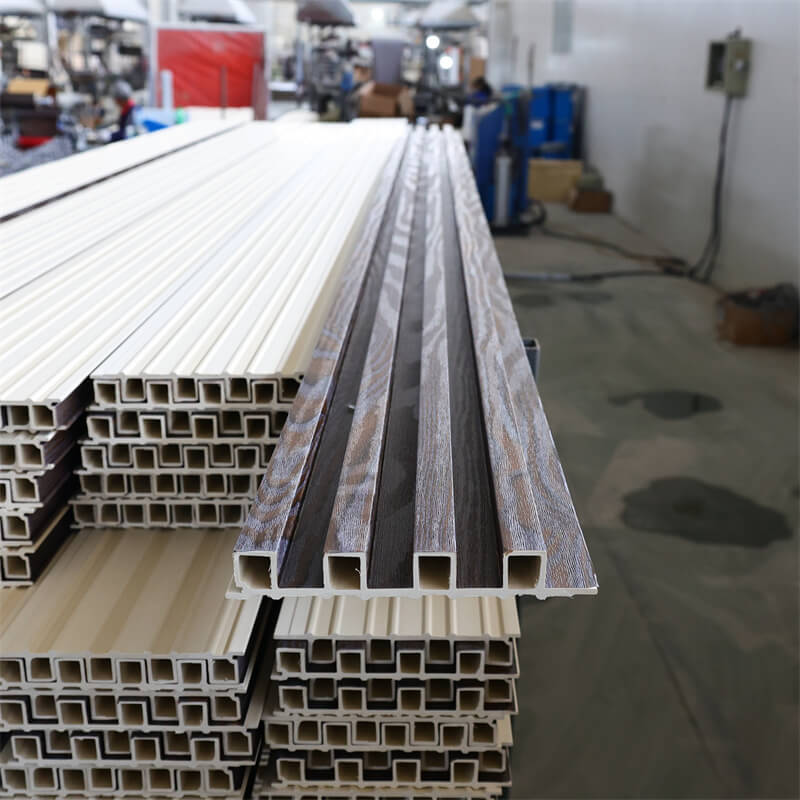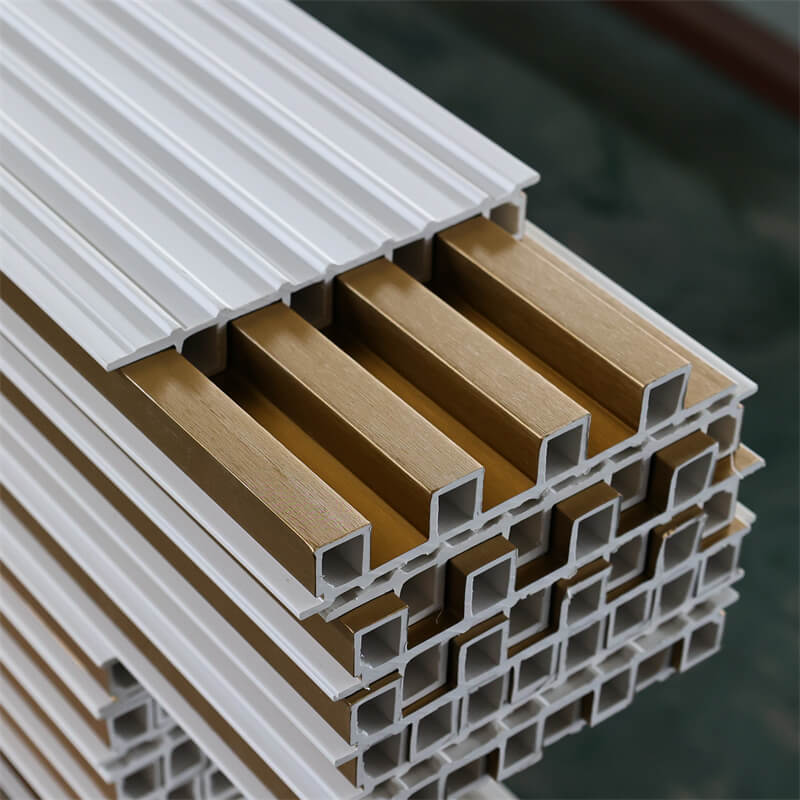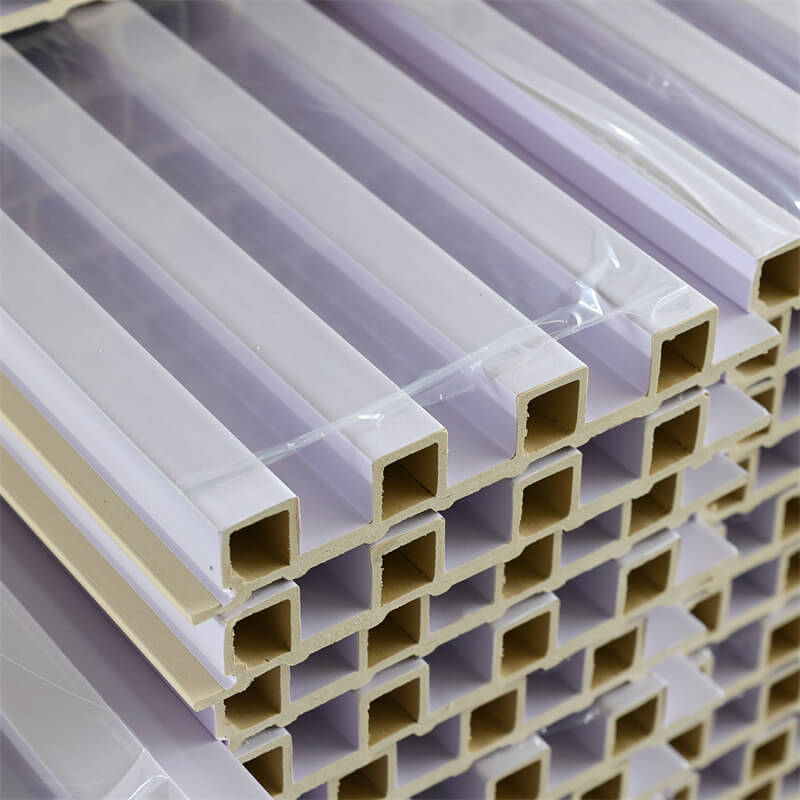
The construction industry is witnessing a shift towards sustainable and innovative building materials, and Wood-Plastic Composite (WPC) panels are emerging as a popular choice for architects, builders, and homeowners alike.
WPC panels, made by combining wood fibers or flour with thermoplastics, offer a wide range of advantages over traditional materials.
In this article, we will explore the future of construction with WPC panels as a building material of choice.
From their environmental benefits to their versatility and cost-effectiveness, we will delve into the reasons behind their growing popularity.
I. Environmental Benefits of WPC Panels:
In an era of heightened environmental consciousness, the construction industry is seeking materials that are eco-friendly and sustainable.
WPC panels align with these objectives and offer several environmental benefits:
Use of Recycled Materials: WPC panels often incorporate recycled wood fibers or flour, as well as recycled thermoplastics.
This reduces the demand for new raw materials and diverts waste from landfills, contributing to a circular economy.
Reduced Carbon Footprint: Compared to traditional materials such as concrete or steel, the manufacturing process of WPC panels typically requires less energy and emits fewer greenhouse gases. This helps to minimize the carbon footprint associated with construction projects.
Longevity and Durability: WPC panels have a longer lifespan compared to traditional wood panels, reducing the need for frequent replacements.
This leads to less waste generation over time and further contributes to sustainability.

II. Versatility and Design Possibilities:
One of the key reasons behind the increasing adoption of WPC panels in the construction industry is their versatility and the design possibilities they offer:
Aesthetics: WPC panels can mimic the natural beauty of wood while providing additional benefits such as water resistance and durability.
They come in a wide range of colors, textures, and finishes, allowing architects and designers to achieve their desired aesthetic vision.
Customization Options: WPC panels can be easily customized to suit specific project requirements.
They can be cut, shaped, and molded into various forms, enabling creative and unique architectural designs.
Integration with Other Materials: WPC panels can be seamlessly integrated with other building materials, such as glass, steel, or concrete, to create striking visual contrasts and innovative designs.
This flexibility makes them suitable for both exterior cladding and interior paneling applications.
III. Cost-Effectiveness and Efficiency:
In addition to their environmental and design advantages, WPC panels offer cost-effectiveness and efficiency benefits:
Lower Installation and Labor Costs: Compared to certain traditional materials, such as solid wood or stone, WPC panels are often lighter and easier to install.
This can result in lower installation and labor costs, reducing overall project expenses.
Minimal Maintenance Requirements: WPC panels require minimal maintenance compared to materials like natural wood, which may require regular staining, sealing, or painting.
This translates into long-term cost savings for building owners and occupants.
Durable and Resilient: WPC panels are highly resistant to rot, decay, insects, and moisture, ensuring their durability and reducing the need for frequent repairs or replacements.
This enhances the overall cost-effectiveness of using WPC panels in construction projects.

IV. Choosing the Right Manufacturer and Supplier:
When considering WPC panels for construction projects, choosing the right manufacturer and supplier is essential:
Quality Assurance: Look for manufacturers that have a reputation for producing high-quality WPC panels.
Ensure that they adhere to industry standards and certifications, guaranteeing the durability and performance of their products.
Pricing and Affordability: Compare prices and evaluate the cost-effectiveness of WPC panels offered by different manufacturers and suppliers.
Consider the long-term benefits and durability of the panels rather than focusing solely on the initial price.
Factory Facilities and Production Capacity: Assess the manufacturing facilities and production capacity of the manufacturer.
A well-equipped factory with efficient production processes can ensure timely delivery and supply of WPC panels, meeting project deadlines.
Customer Support and Service: Choose a manufacturer or supplier that offers reliable customer support and after-sales service.
This ensures assistance in case of any issues, and provides guidance on maintenance, installation, or customization queries.
As the construction industry evolves, WPC panels are poised to become a building material of choice for a sustainable and innovative future.
Their environmental benefits, design versatility, cost-effectiveness, and efficiency make them an attractive option for architects, builders, and homeowners.
However, it is crucial to choose a reputable manufacturer or supplier that offers high-quality products, competitive pricing, and reliable customer support.
By incorporating WPC panels into construction projects, we can contribute to a greener and more sustainable built environment while enjoying the aesthetic appeal and durability they provide.
The future of construction looks promising with WPC panels leading the way towards a more sustainable and resilient industry.
